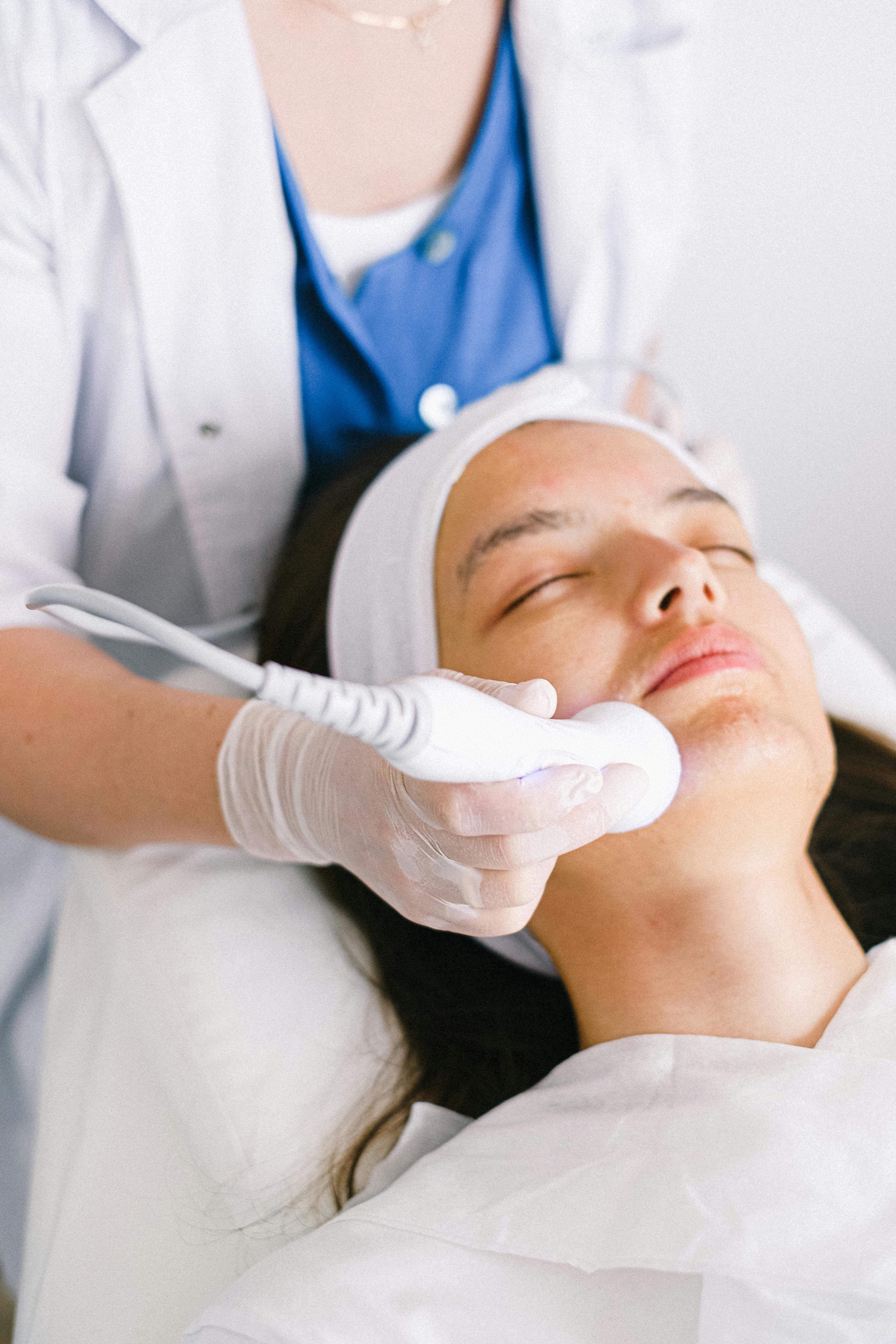Cryotherapy Facials: The Cool New Trend in Skincare
The beauty world is constantly evolving, with innovative treatments emerging to address a wide array of skincare concerns. One such treatment that has been gaining traction in recent years is the cryotherapy facial. This cutting-edge procedure harnesses the power of extreme cold to rejuvenate the skin, reduce inflammation, and promote a youthful glow. As more celebrities and skincare enthusiasts rave about its benefits, cryotherapy facials are quickly becoming the cool new trend in the beauty industry. In this article, we'll delve into the science behind this icy treatment, explore its origins, and examine its potential benefits for various skin types and concerns.

During a cryotherapy facial, the skin’s surface temperature is lowered to around 30-50 degrees Fahrenheit for a brief period. This cold shock causes the body to send nutrient-rich blood to the treated area, flushing out toxins and promoting cellular renewal. The treatment also helps to tighten pores, reduce puffiness, and create a more even skin tone.
Historical Context and Development
The use of cold therapy for health and beauty purposes dates back centuries. Ancient Egyptians used cold baths to treat injuries and inflammation, while the Greeks and Romans incorporated cold water treatments into their bathing rituals. In the modern era, cryotherapy gained popularity in the 1970s when it was used to treat rheumatoid arthritis and other inflammatory conditions.
The application of cryotherapy specifically for facial treatments is a more recent development. It emerged in the early 2000s as an extension of whole-body cryotherapy, which was already being used in sports medicine and pain management. Beauty professionals began experimenting with localized cryotherapy for facial rejuvenation, leading to the development of specialized equipment and techniques for cryotherapy facials.
Current Industry Trends and Expert Analysis
The global cryotherapy market is experiencing rapid growth, with the facial segment becoming increasingly prominent. According to market research, the cryotherapy equipment market is expected to reach $319 million by 2024, with a compound annual growth rate of 8.4% from 2019 to 2024.
Dr. Ava Shamban, a board-certified dermatologist and founder of Ava MD clinics, notes that cryotherapy facials are particularly appealing because they offer immediate results with minimal downtime. “Patients love the instant glow and tightening effect they experience after a cryotherapy facial,” she explains. “It’s a great option for those looking for a quick pick-me-up before a special event.”
Industry experts also point out that cryotherapy facials align well with the growing demand for non-invasive beauty treatments. As consumers become more conscious of long-term skin health, they are seeking alternatives to more aggressive procedures like chemical peels or laser treatments.
Benefits and Market Relevance
Cryotherapy facials offer a range of potential benefits that address multiple skincare concerns:
-
Reduced inflammation: The cold temperature helps to calm irritated skin and reduce redness, making it beneficial for those with acne or rosacea.
-
Improved circulation: By stimulating blood flow, cryotherapy facials can promote a healthier, more radiant complexion.
-
Tightened pores: The cold causes pores to contract, creating a smoother skin texture.
-
Boosted collagen production: The treatment triggers the body’s natural collagen synthesis, potentially reducing the appearance of fine lines and wrinkles.
-
Enhanced product absorption: The increased blood flow to the skin can improve the penetration and efficacy of skincare products applied after the treatment.
These benefits have made cryotherapy facials increasingly popular among a diverse range of consumers, from younger individuals seeking preventative skincare to older adults looking to combat signs of aging.
Industry Impact and Future Prospects
The rise of cryotherapy facials has had a significant impact on the beauty industry. Spas and skincare clinics are investing in cryotherapy equipment to meet growing demand, while skincare brands are developing products specifically designed to complement or mimic the effects of cryotherapy facials.
Some industry analysts predict that the trend will continue to grow, with more at-home cryotherapy devices entering the market. However, dermatologists caution that professional treatments are still the safest and most effective option, as improper use of extreme cold can potentially damage the skin.
Safety Considerations and Contraindications
While cryotherapy facials are generally considered safe for most individuals, there are some important considerations to keep in mind. People with certain medical conditions, such as Raynaud’s syndrome, cold urticaria, or untreated high blood pressure, should avoid cryotherapy treatments.
Additionally, it’s crucial to seek treatment from a qualified professional who can properly assess skin type and adjust the treatment accordingly. Overexposure to extreme cold can cause skin damage, so adherence to recommended treatment times is essential.
In conclusion, cryotherapy facials represent an exciting development in the world of skincare, offering a unique combination of immediate results and long-term benefits. As research continues and technology advances, this cool trend is likely to become an increasingly mainstream option in the beauty and wellness landscape. Whether you’re looking to address specific skin concerns or simply indulge in a refreshing treat for your complexion, cryotherapy facials offer a chilly path to radiant, rejuvenated skin.





